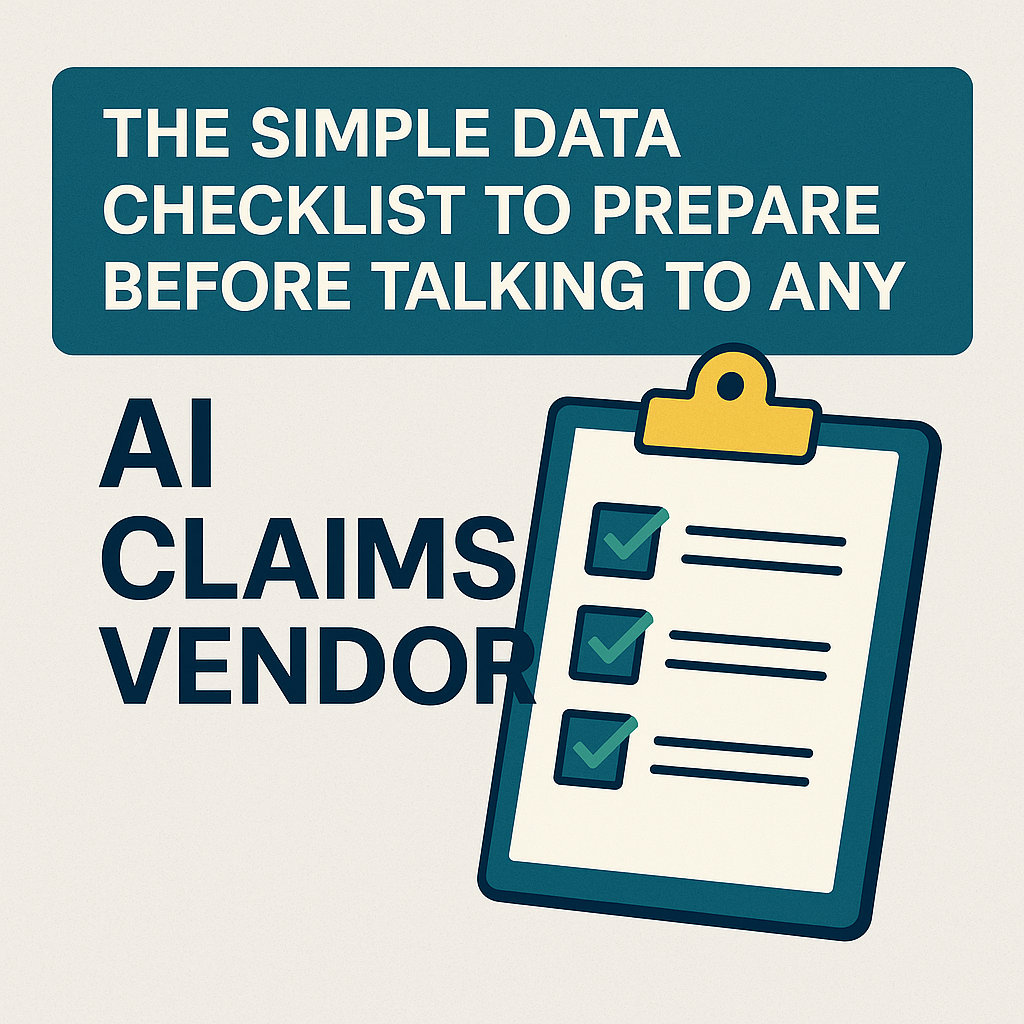Simplifying Approvals and Check-ins for a Better Patient Experience
What sounds better than going to the hospital and not waiting for up to 20 minutes or more for approval from your health insurer?
We’re on a mission to ensure insurance is accessible to anyone and everyone enjoys an awesome experience while utilizing health insurance plans, this is why we introduced the Auto-preauthorization and Enrollee Check-in feature.
Auto Pre-authorization: An innovative solution to automate the pre-authorization process providing faster approvals and improved efficiency. In simple terms, pre-authorization means a quick turnaround on whether the insurer has agreed to accept the claim OR the process of getting payment approval from your Health Maintenance Organization(HMO) to obtain a prescription or treatment and auto simply means ‘automated’.
The manual way to go about this could delay the process for the enrollee and in emergencies, could be fatal. With the new ‘Auto PA’ feature, it will take less than 3 minutes to receive authorization from the HMO before a patient is attended to. The long manual pre-authorization process which takes about 2 hours has been removed and replaced with faster approvals, improved accuracy, and enhanced customer satisfaction.
Enrollee check-in is the process by which patients or individuals enrolled in a healthcare plan or program visit a healthcare facility for an appointment. This check-in process typically occurs at the front desk or reception area of a healthcare provider's office, clinic, hospital, or other medical facility. During enrollee check-in, individuals may be required to provide various information, such as their name, date of birth, contact details, and insurance information.
While traditional methods of information collection during enrollee check-in, such as name, date of birth, contact details, and insurance information, are commonly used and serve as essential components of patient identification, they may not be entirely reliable on their own to curb fraud. Here's why:
- Limited Verification: Providing basic information like name and date of birth does not guarantee the accuracy of the identity being presented. Individuals could potentially provide false or stolen information, leading to identity fraud.
- Insurance Information: While insurance information is crucial for billing and verification purposes, it can also be subject to fraud. For example, individuals may attempt to use someone else's insurance information or provide fraudulent insurance details to gain access to healthcare services.
To address these limitations and enhance fraud prevention during enrollee check-in, we worked on the Enrollee Check-in feature which healthcare providers can implement as an additional security measure:
Facial Recognition: Integrating biometric technologies such as facial recognition, and fingerprint, can provide an additional layer of security by verifying a patient's unique biological characteristics.

Insurers often lose money due to a lack of proper verification, this will help save money and curb fraud. Adding extra verification layers to help providers(hospitals) check-in enrollees seamlessly was our top priority and we’re excited that we launched this new feature. The Facial Recognition biometric feature is an innovative and modern solution that offers a convenient and secure way to manage access and check-ins, reducing wait times and enhancing the overall efficiency of enrollees check-in at health facilities while reducing fraudulent claims.

Faster Approvals = Happy Enrollees
Learn more about our new features by speaking with us.
Subsribe to our newsletter to receive weekly content


























.svg)







